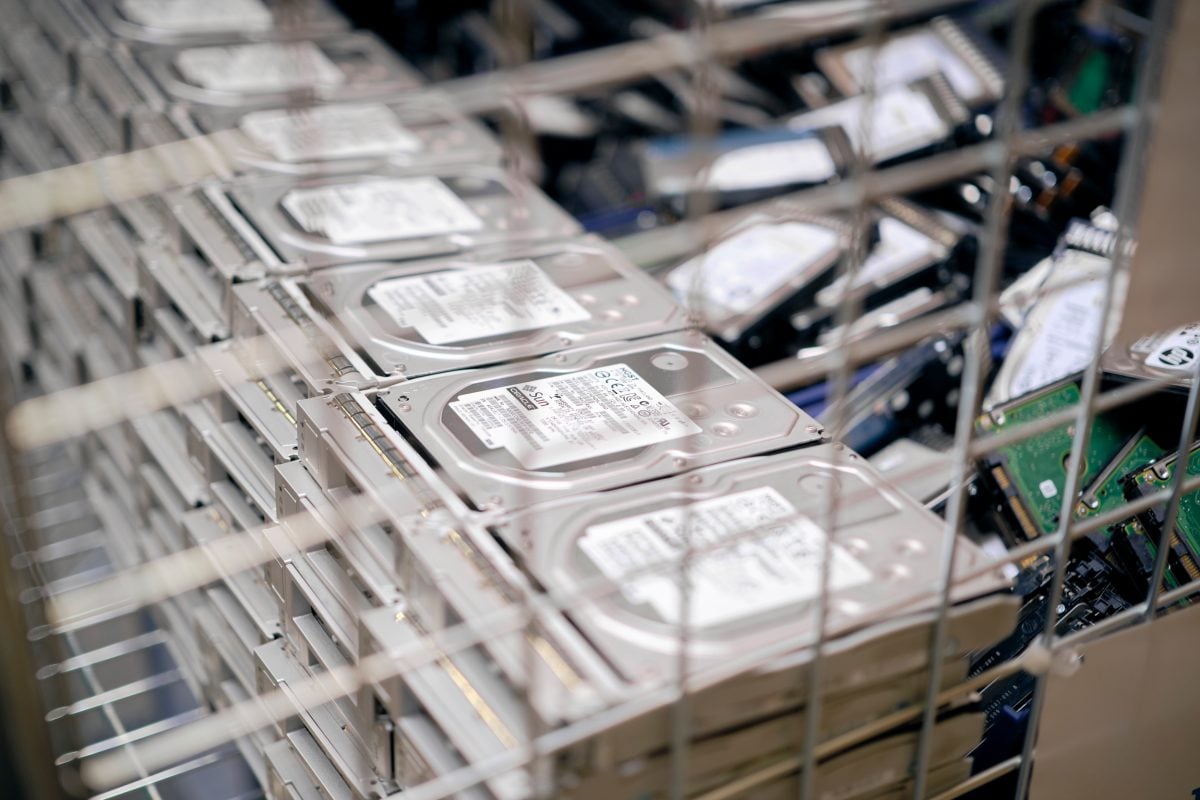
In today’s data-driven world, businesses of all sizes handle a vast amount of sensitive and confidential information. As the reliance on IT assets intensifies, so does the volume of data they store, even long after they reach their end of life. This is where IT Asset Disposition (ITAD) plays a critical role in ensuring data security during the disposal or repurposing of IT equipment. Let’s take a closer look.
Also read: Understanding IT Asset Disposition (ITAD) and Its Importance
Understanding the Data Risk
Obsolete or unwanted IT equipment does not mean obsolete or unwanted data. Even after deleting files or formatting disks, data can often still be retrieved with the right tools. Whether it’s customer information, employee records, intellectual property, or financial data, your retired assets might still hold valuable information that could be exploited if fallen into the wrong hands.
ITAD and Data Security
IT Asset Disposition is the process of safely disposing of outdated, unwanted, or end-of-life IT equipment. One of the primary responsibilities of ITAD is ensuring the complete and secure eradication of data from these assets.
Here are the key ways that ITAD contributes to data security:
Data Destruction
ITAD providers use a range of techniques to eliminate data, including data wiping, degaussing, and physical destruction of drives. These methods surpass simple deletion and ensure that data cannot be retrieved.
Chain of Custody
A robust ITAD program will document the entire process from collection to disposal, ensuring accountability at each step. This chain of custody helps prevent any unauthorized access to your equipment and the data contained within.
Certification of Data Destruction
Upon completion of the data destruction process, reputable ITAD vendors provide a certificate of data destruction. This document serves as proof that all data has been securely destroyed and gives businesses peace of mind.
Compliance with Data Privacy Regulations
ITAD providers ensure compliance with data privacy laws and regulations, such as GDPR, CCPA, and HIPAA. This not only secures your data but also shields your business from legal complications related to data breaches.

Choosing a Reliable ITAD Provider
When choosing an ITAD provider, businesses should consider their data destruction methods, certifications, and whether they offer a transparent chain of custody. Additionally, look for vendors that adhere to standards such as NAID AAA and e-Stewards or ISO27001, which ensure responsible recycling and data destruction.
As data breaches continue to pose significant risks to businesses, the role of ITAD in data security has never been more crucial. By incorporating robust ITAD practices, businesses can ensure the safe disposal of IT equipment, keeping their valuable data out of the wrong hands and maintaining compliance with data privacy laws. When it comes to data security, leaving no stone unturned is the key, and ITAD is an essential piece of the puzzle.